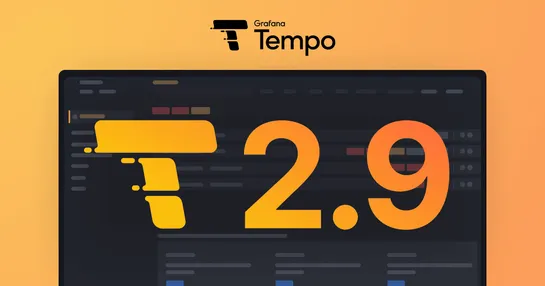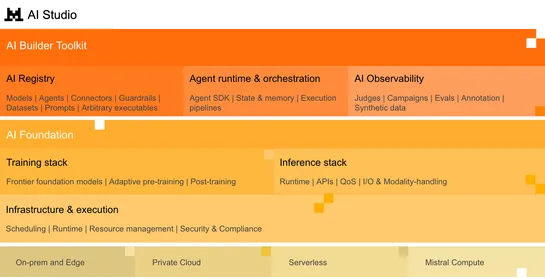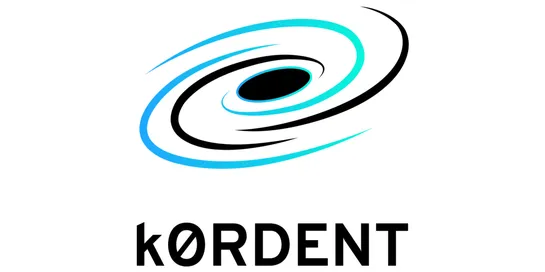Troubleshooting User-Specific Issues: A Practical Guide.
How to debug and solve user-specific issues using Lightrun in your IDE in real-time and without redeploying.
Join us
How to debug and solve user-specific issues using Lightrun in your IDE in real-time and without redeploying.

👨🚀 ByteVibe, a space out of space 👨🚀 ______ ✅ Design printed on both sides✅ Durable color✅ Dishwasher safe✅ Microwave safe✅ High quality ceramic✅ Unique design✅ Perfect sharpness✅ Classic shape✅ Sec...

Check out our open-source SLO tracker and set up your SLO's so that you can accurately track your error budgets. Automate your SRE, with Squadcast's SLO tool!

Holiday season's peak traffic is the most challenging period for SREs and on-call engineers. In this blog, we have highlighted the things that SREs can do to make the holiday season less chaotic.

Vendor lock-in refers to a situation where the cost of switching to a different vendor is so high that the customer is essentially stuck with the original vendor

What is meant by Observability and how has it evolved into something which has transformed the entire IT ecosystem. We will break down all the information in this blog. Before Agile methodology was born, developers also used something called Test-Driven Development

Monitoring and observability are two closely related concepts that help IT professionals understand and trouble their systems. This article explains the important component of the two concepts, focusing on observability to differentiate between the two.

Serverless is one of the significant trends of the moment in software development and deployment. A promising technology, Serverless Computing is developing very quickly in companies. In this concept, the cloud provider is fully responsible for launching and executing the code of your applications. A Serverless platform ensures that the resources necessary for its optimal operation are available.

Grafana Tempo 2.9 debuts with MCP server support and TraceQL metrics sampling, enhancing data analysis and query efficiency.

Mistral AI Studio launches to aid enterprise AI teams in moving from prototypes to production with enhanced infrastructure and governance features.

Mirantis releases k0rdent 1.2.0, advancing Kubernetes management with new features, ARM64 support, and improved observability using OpenTelemetry.
